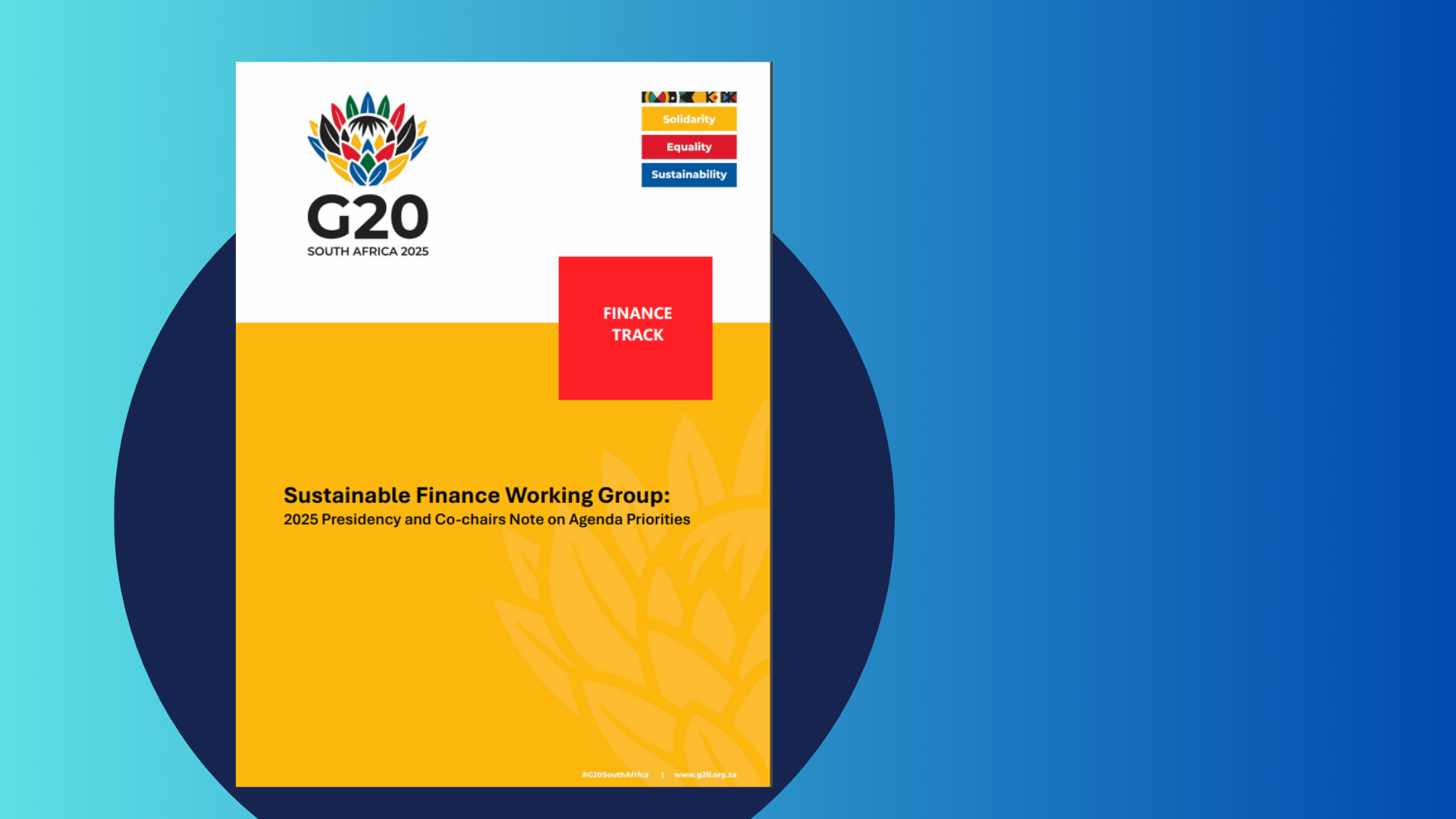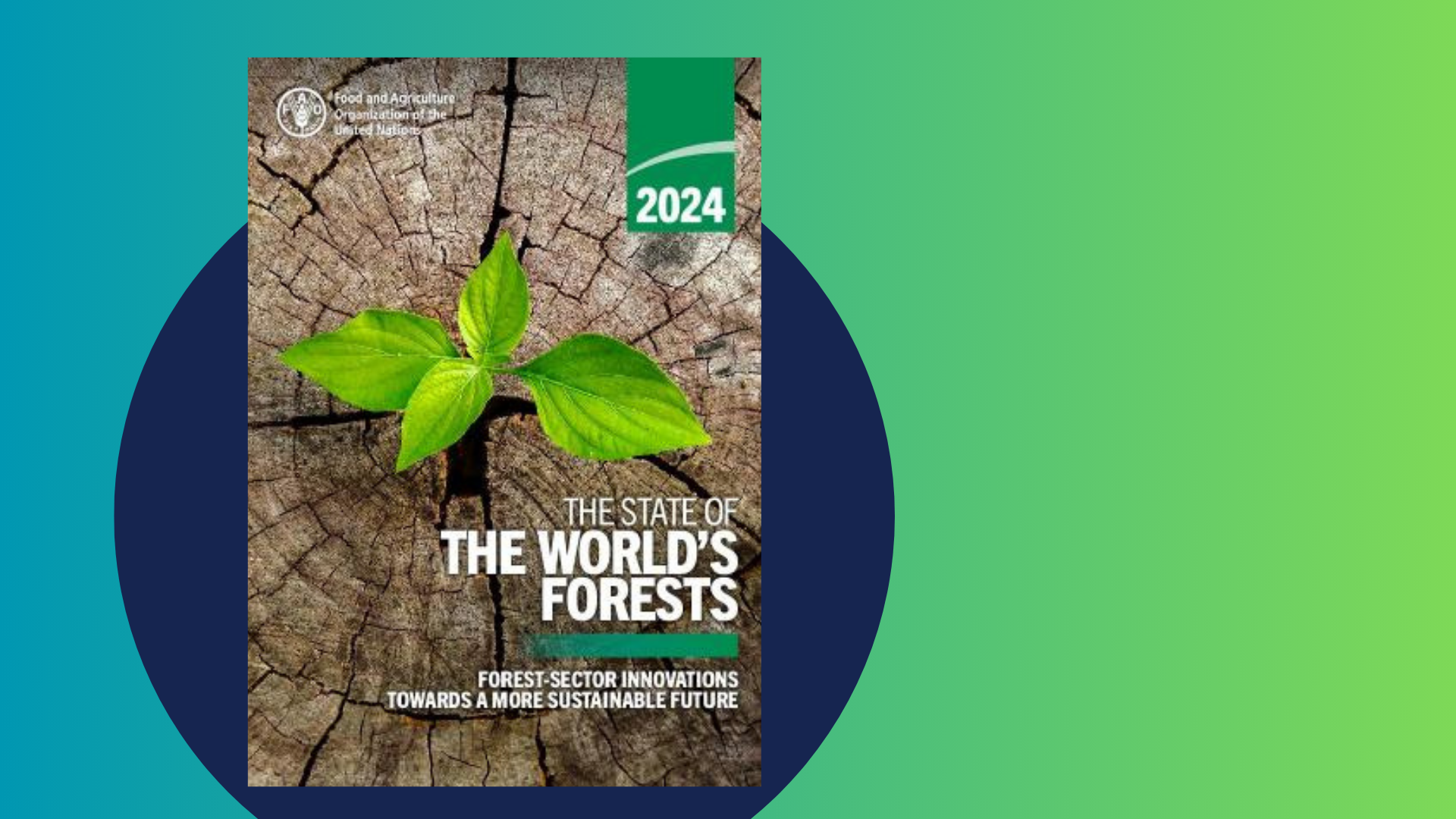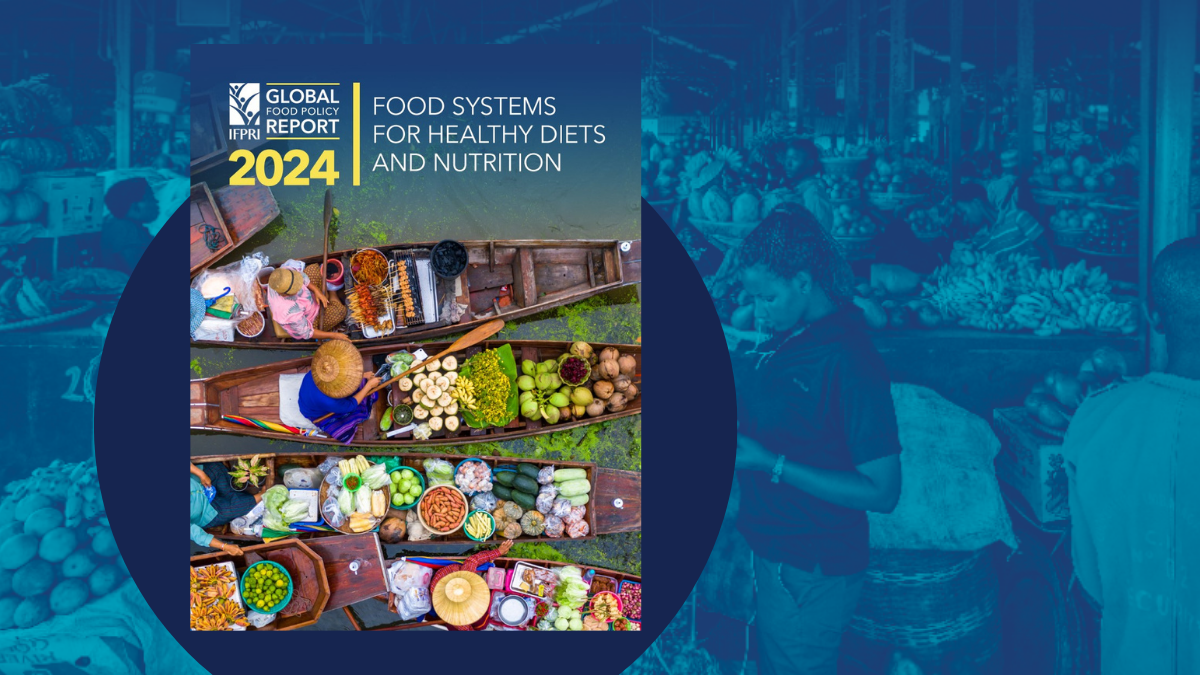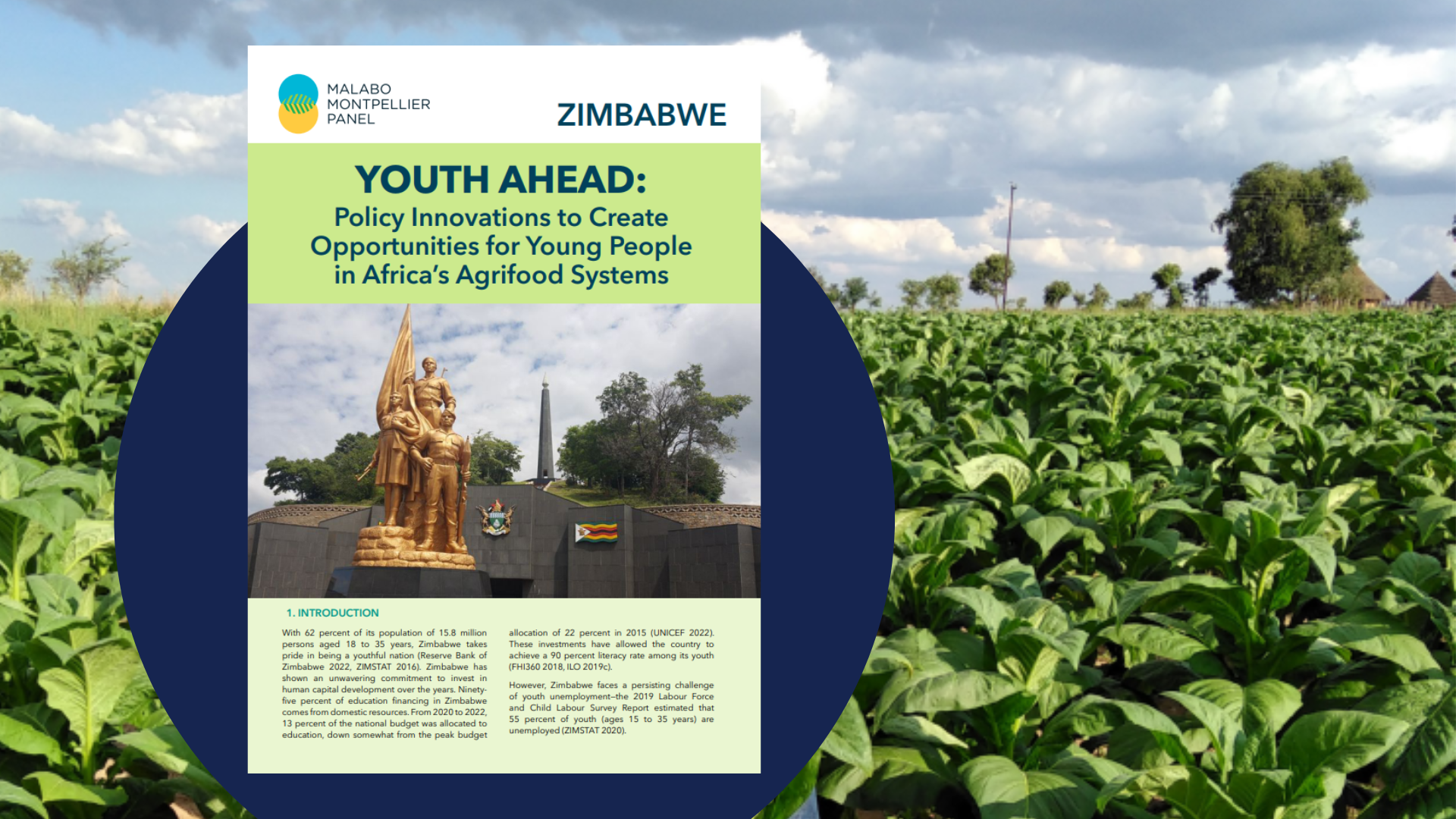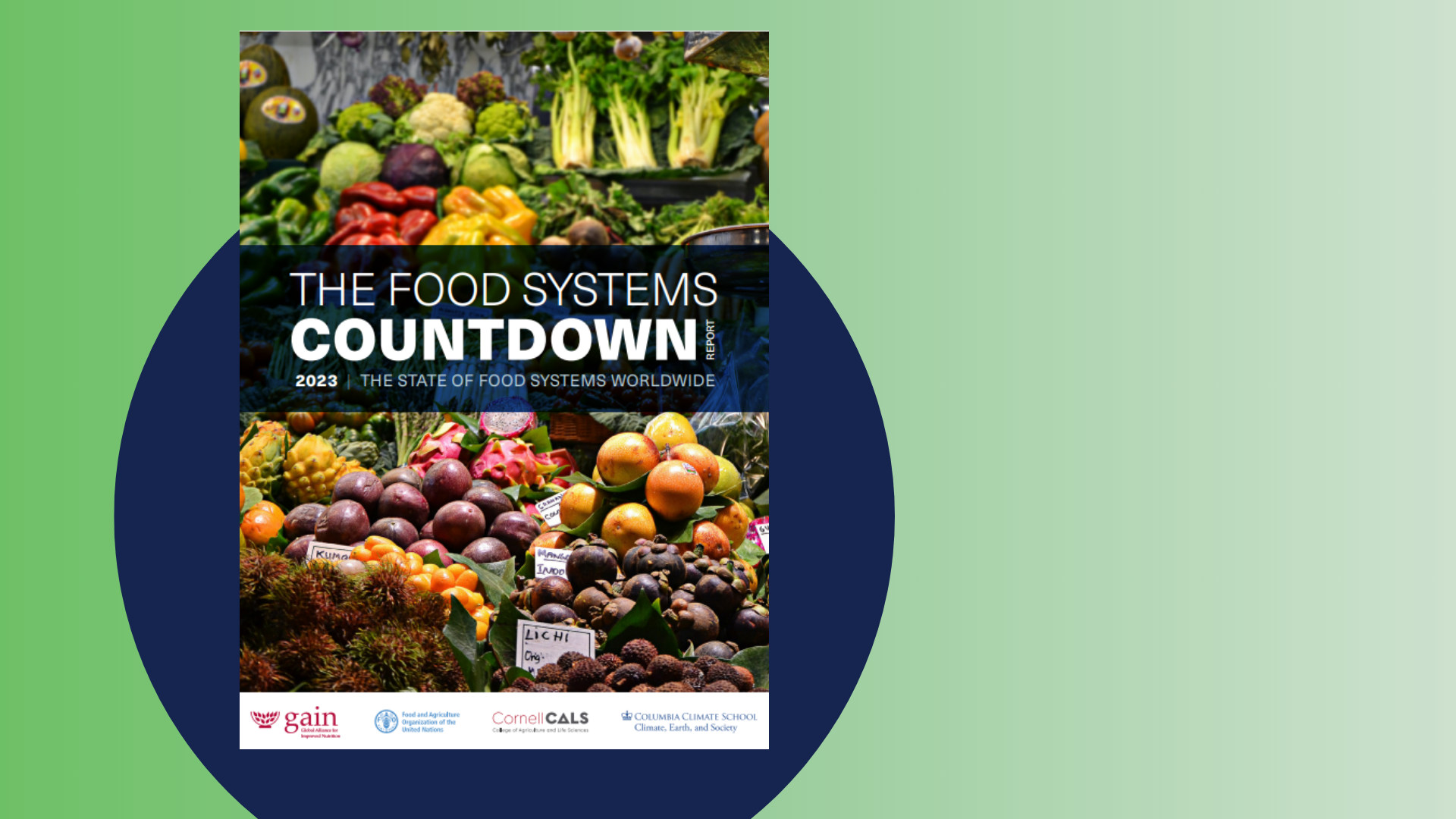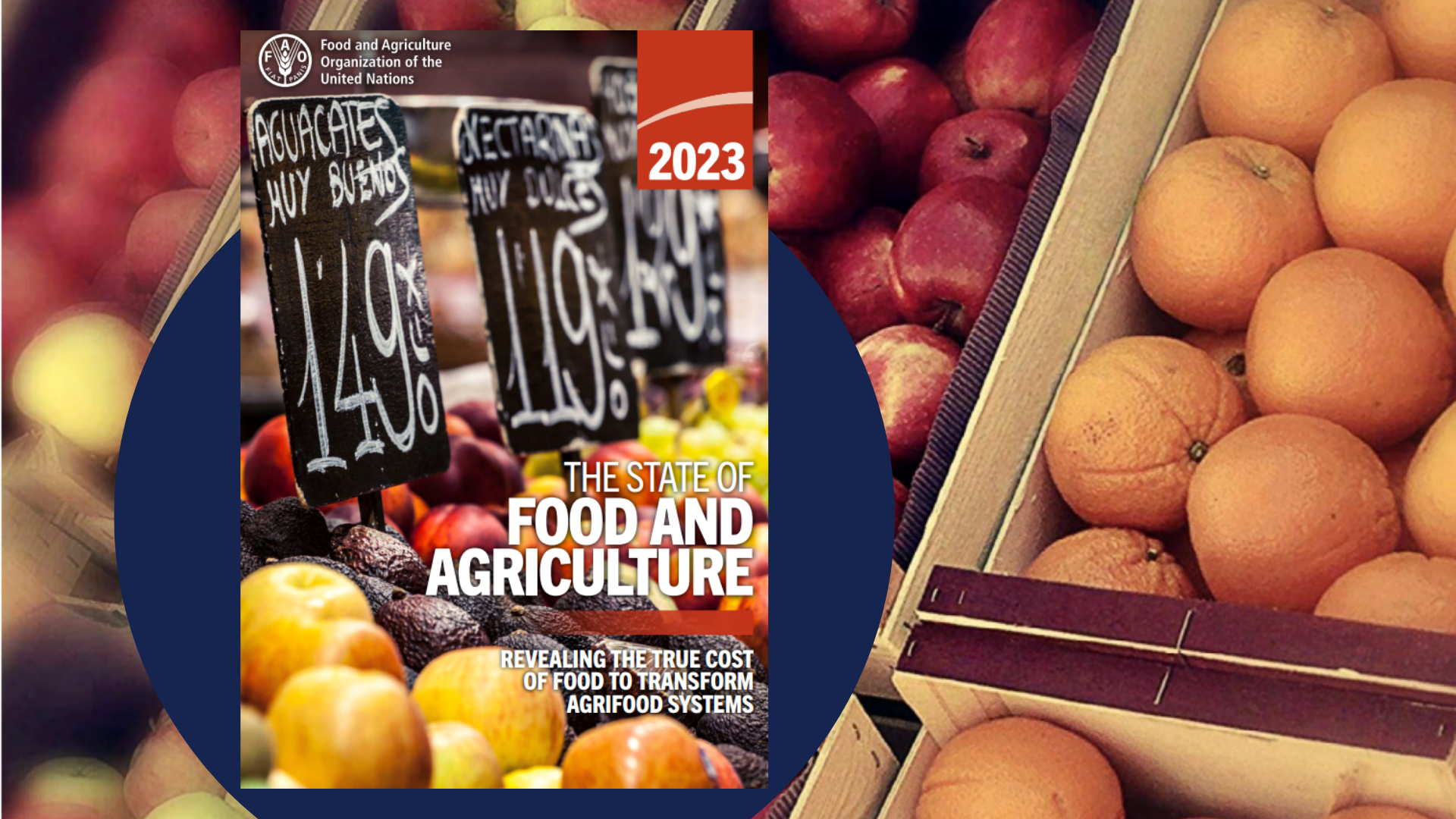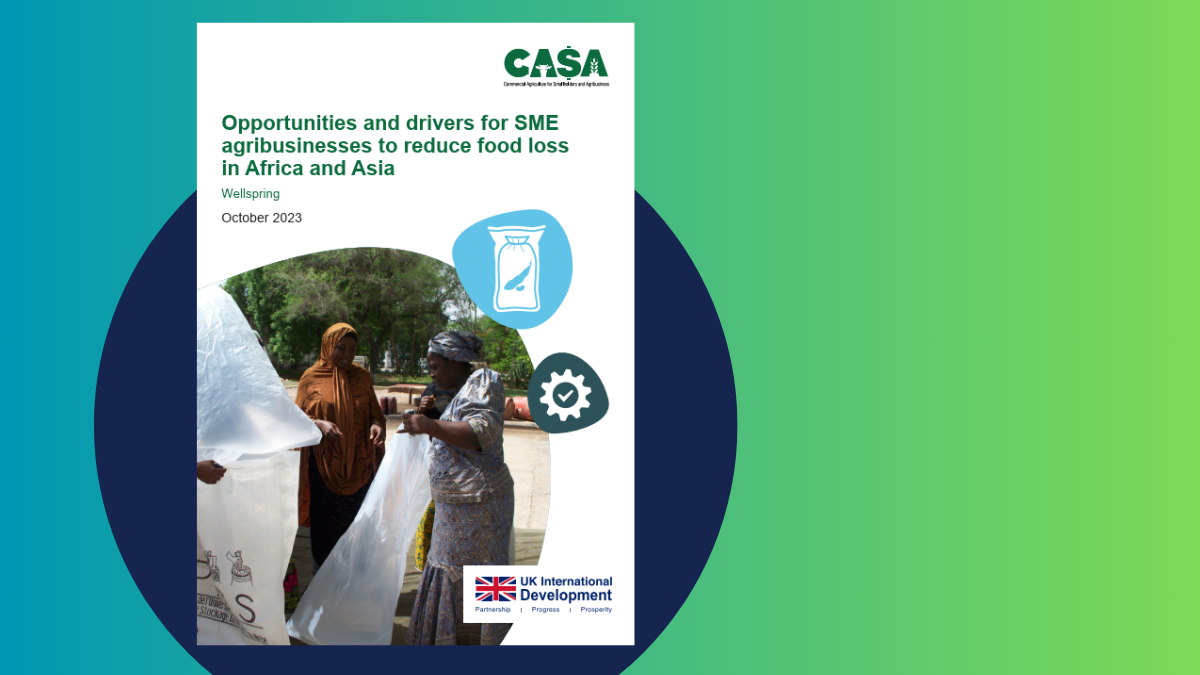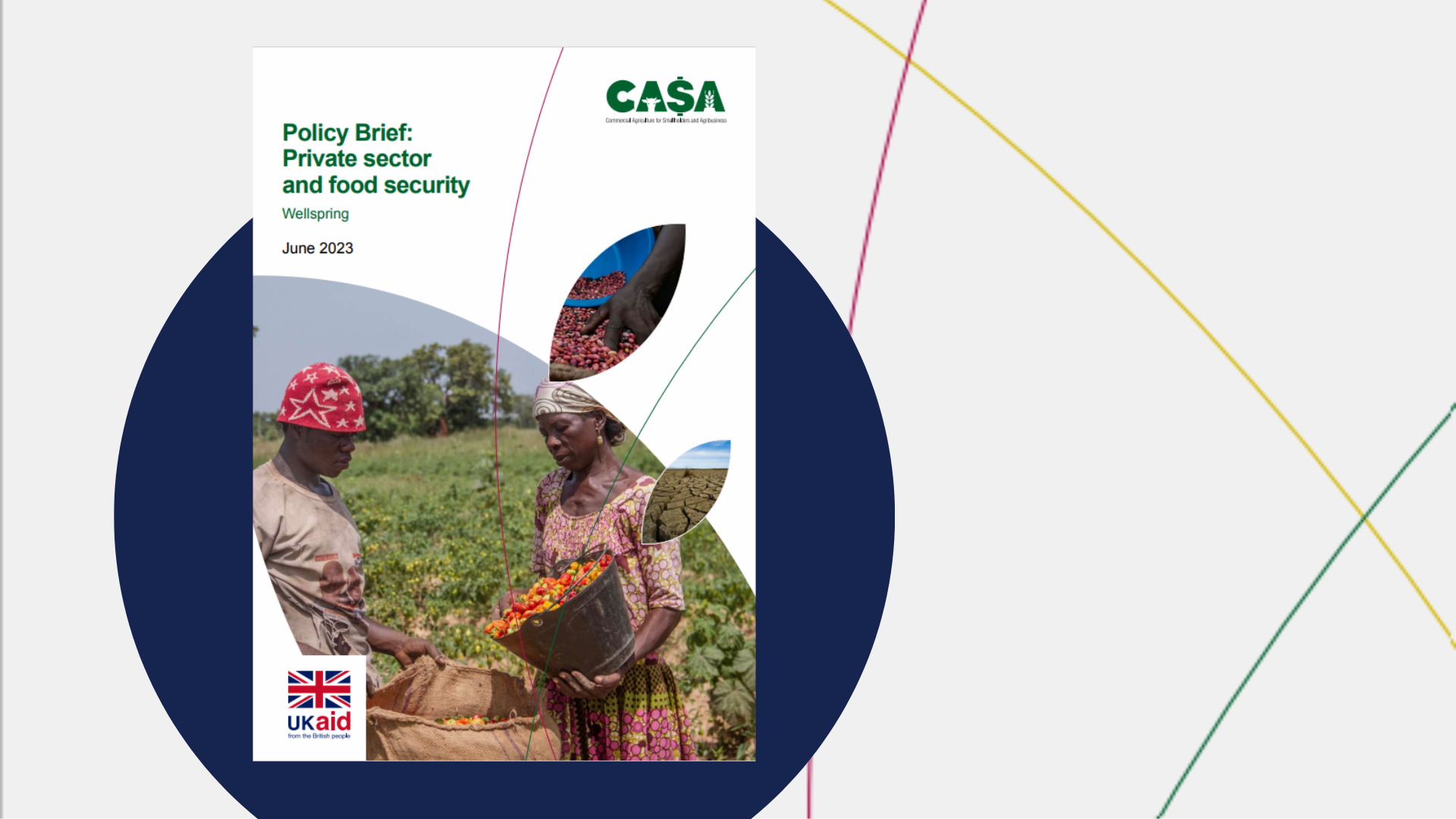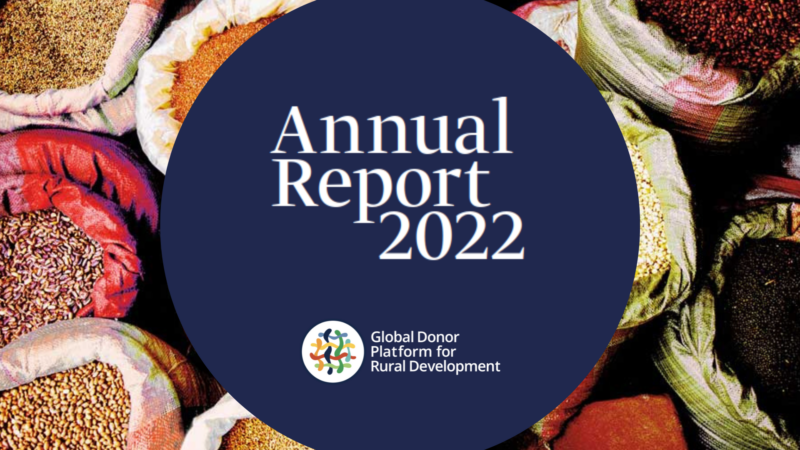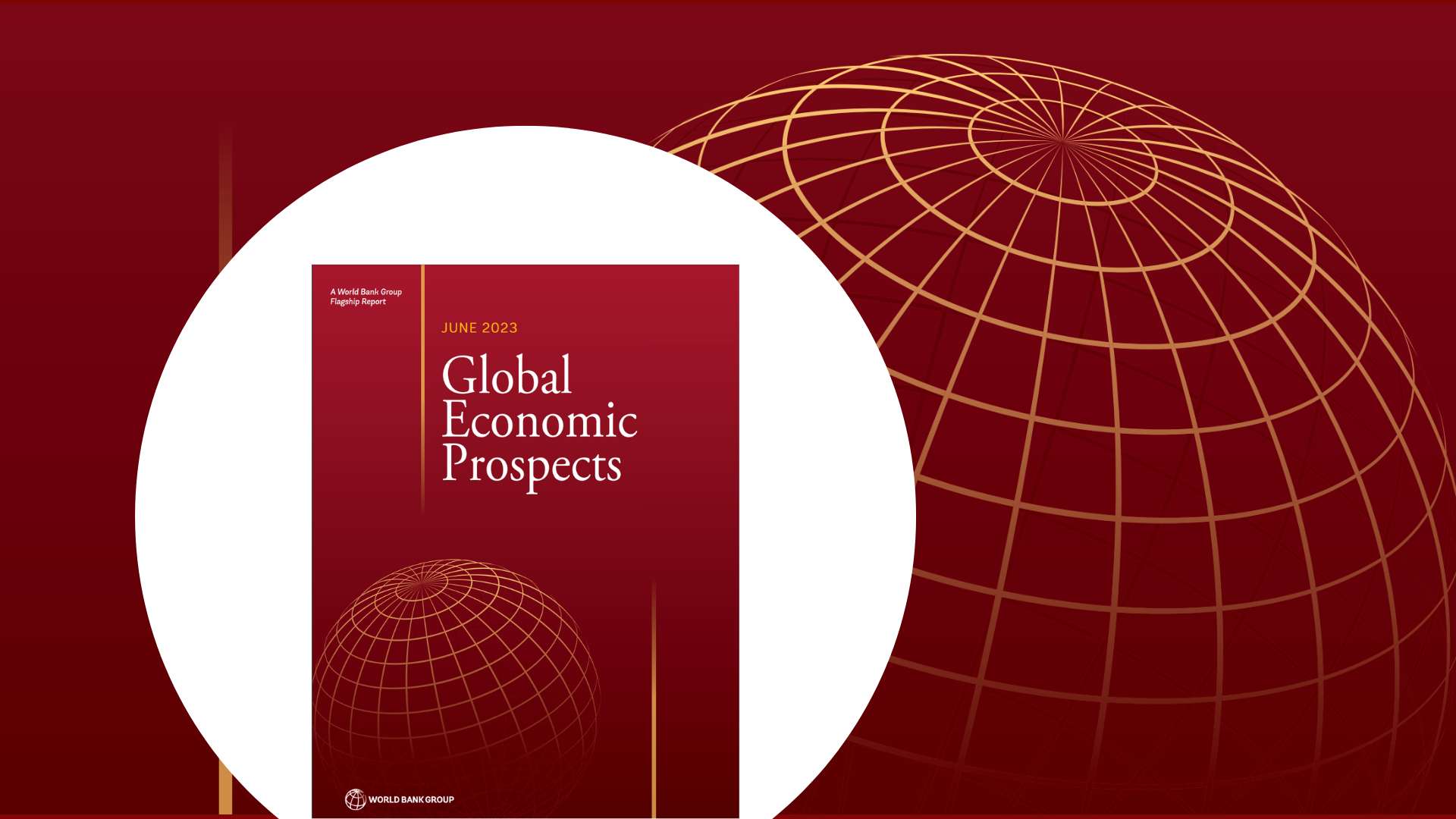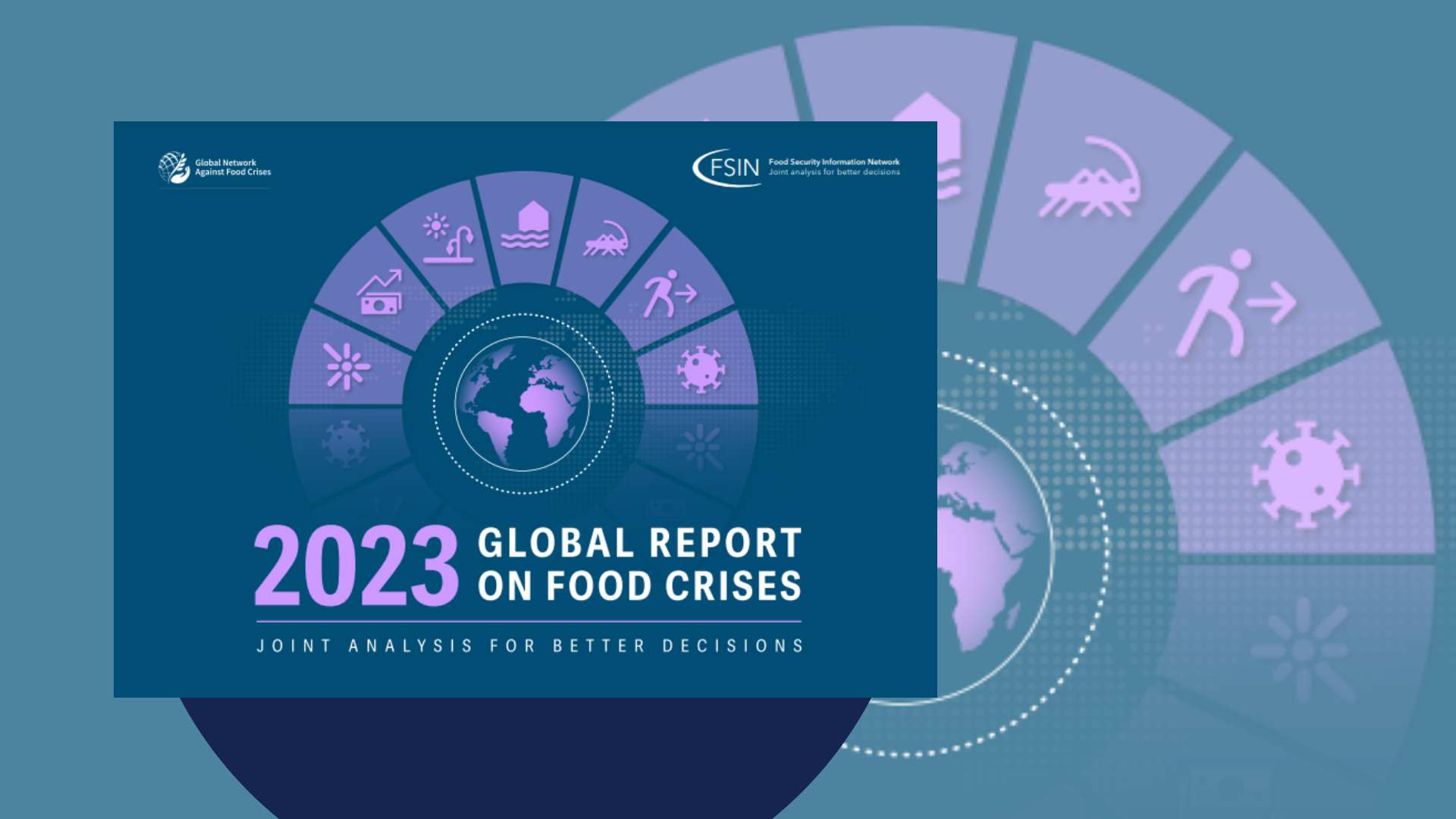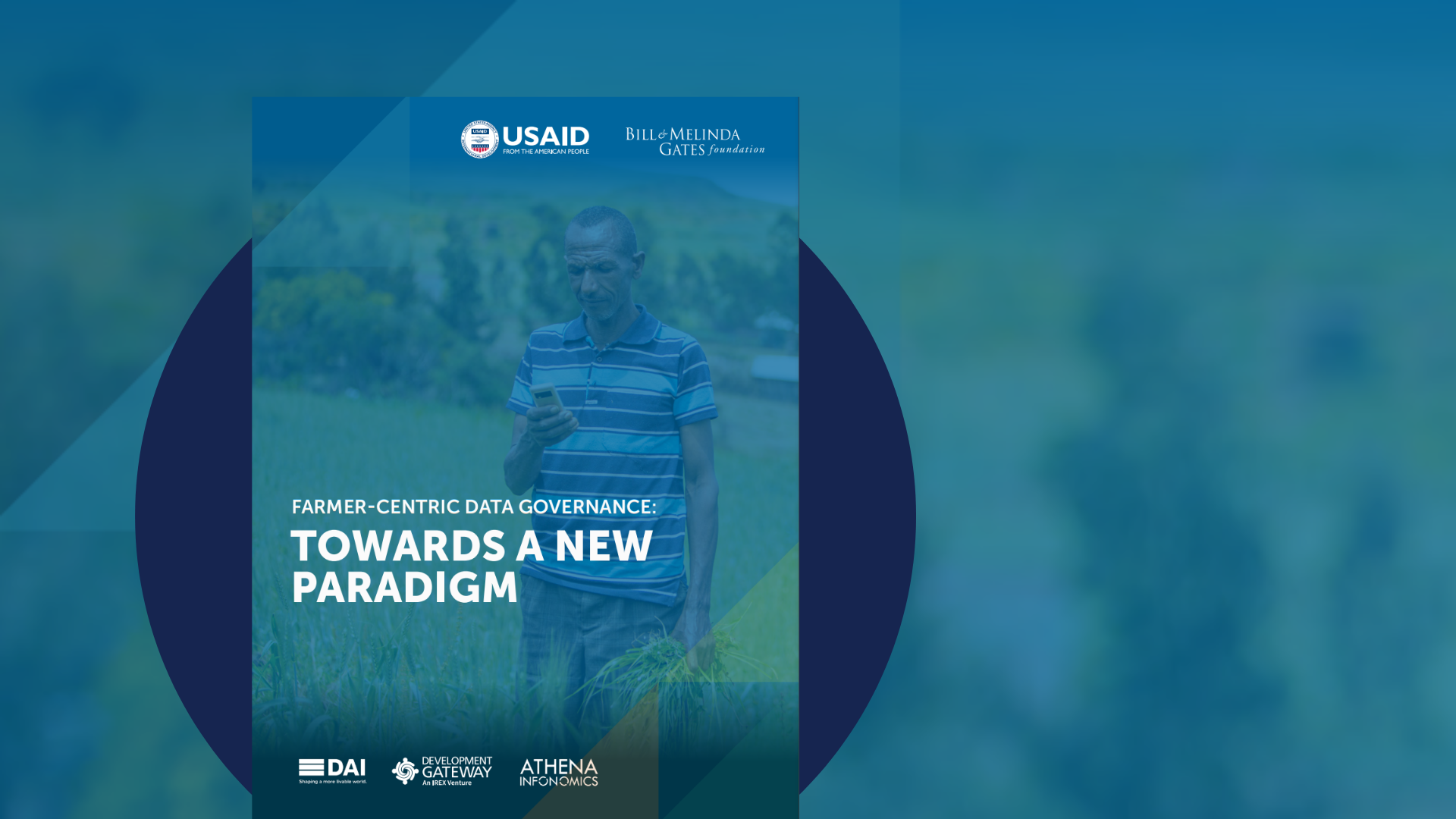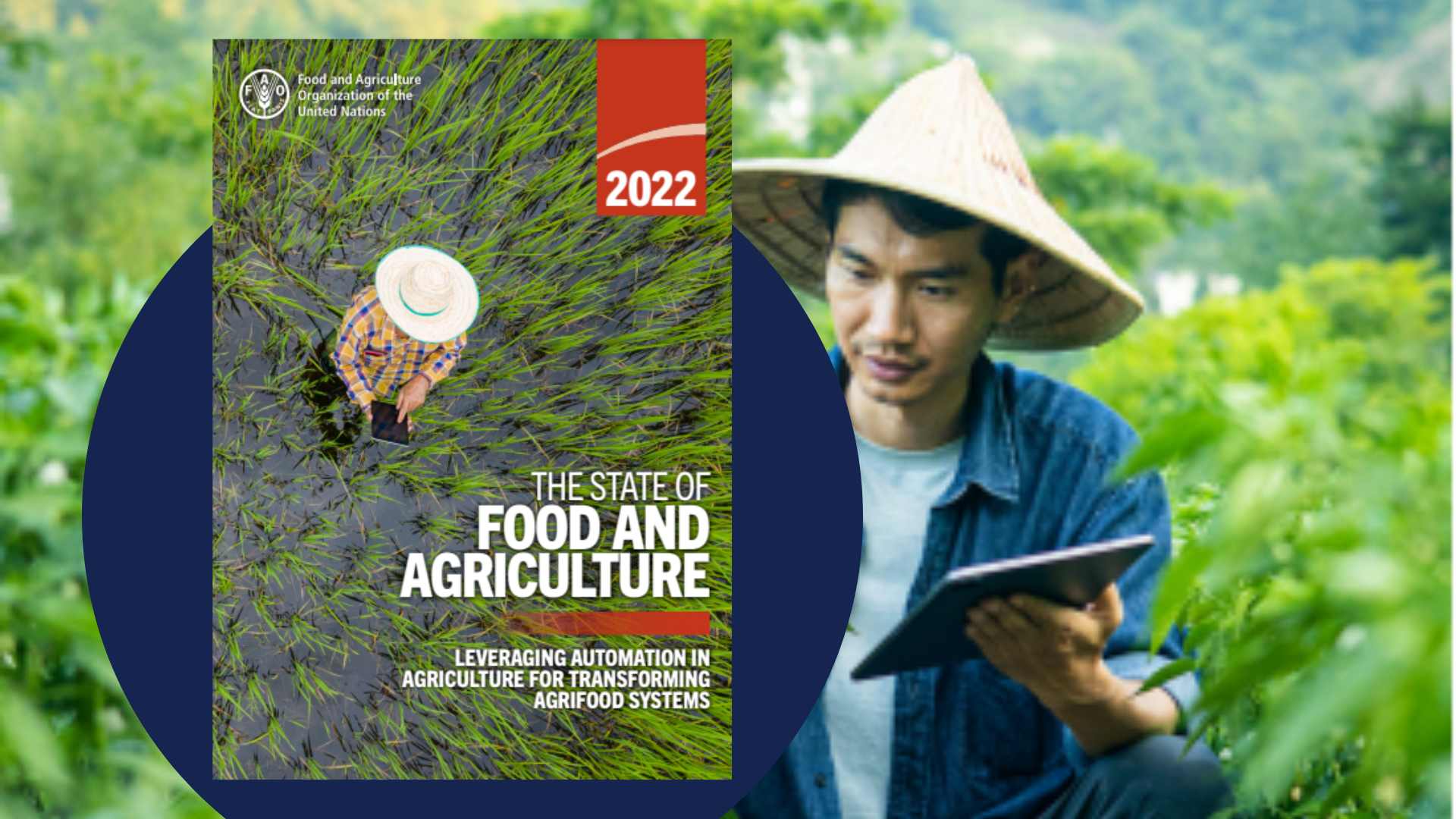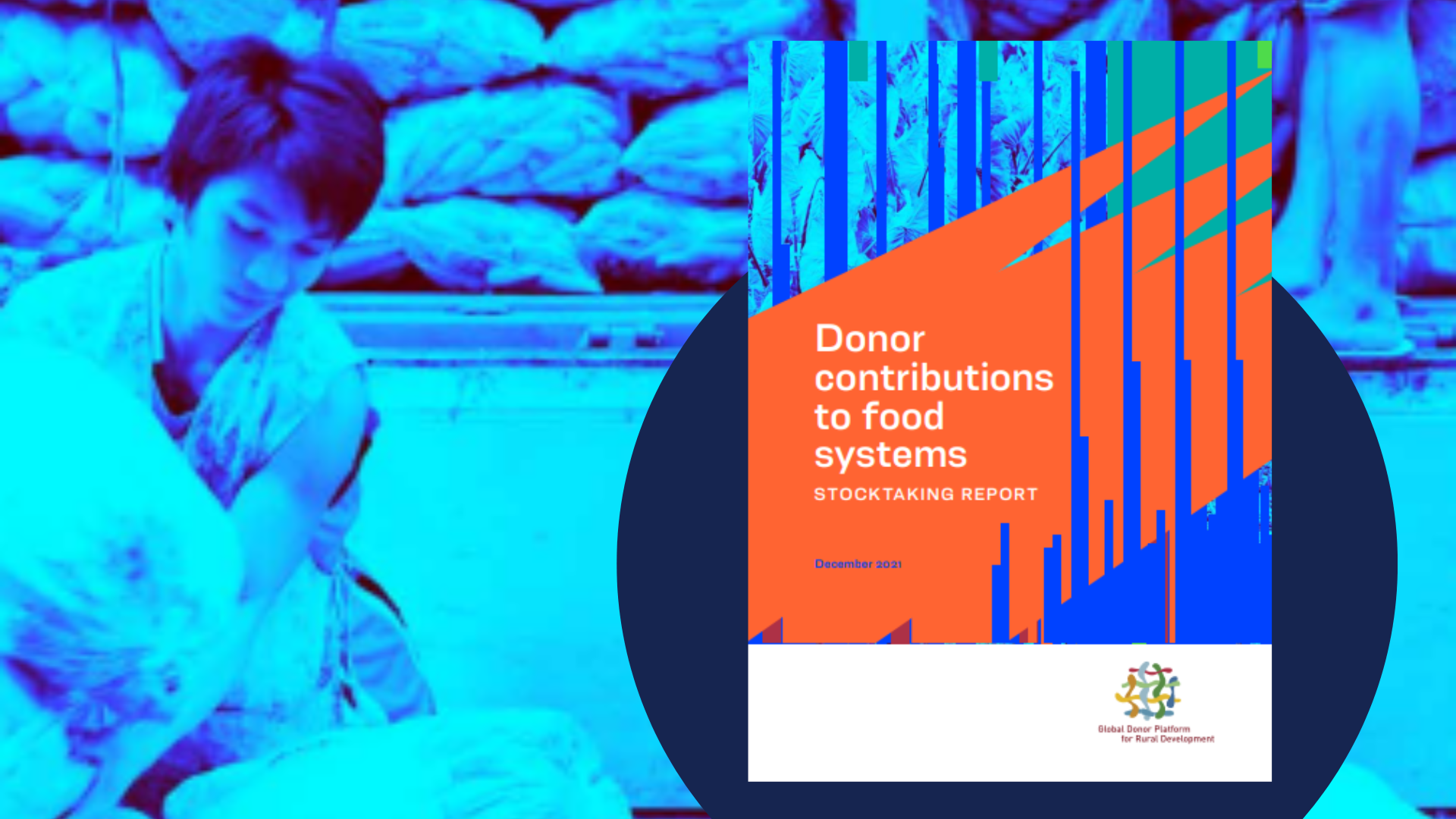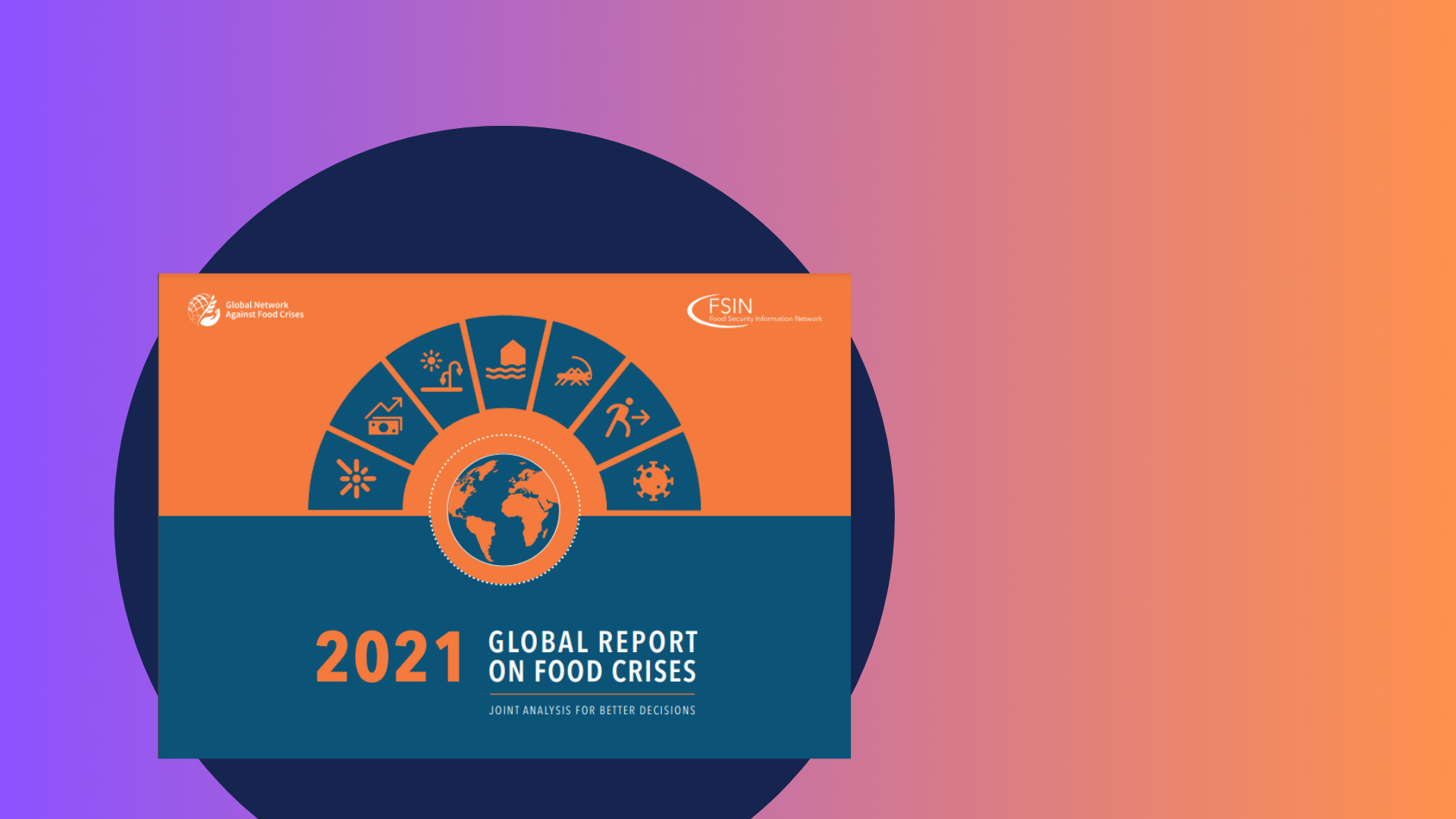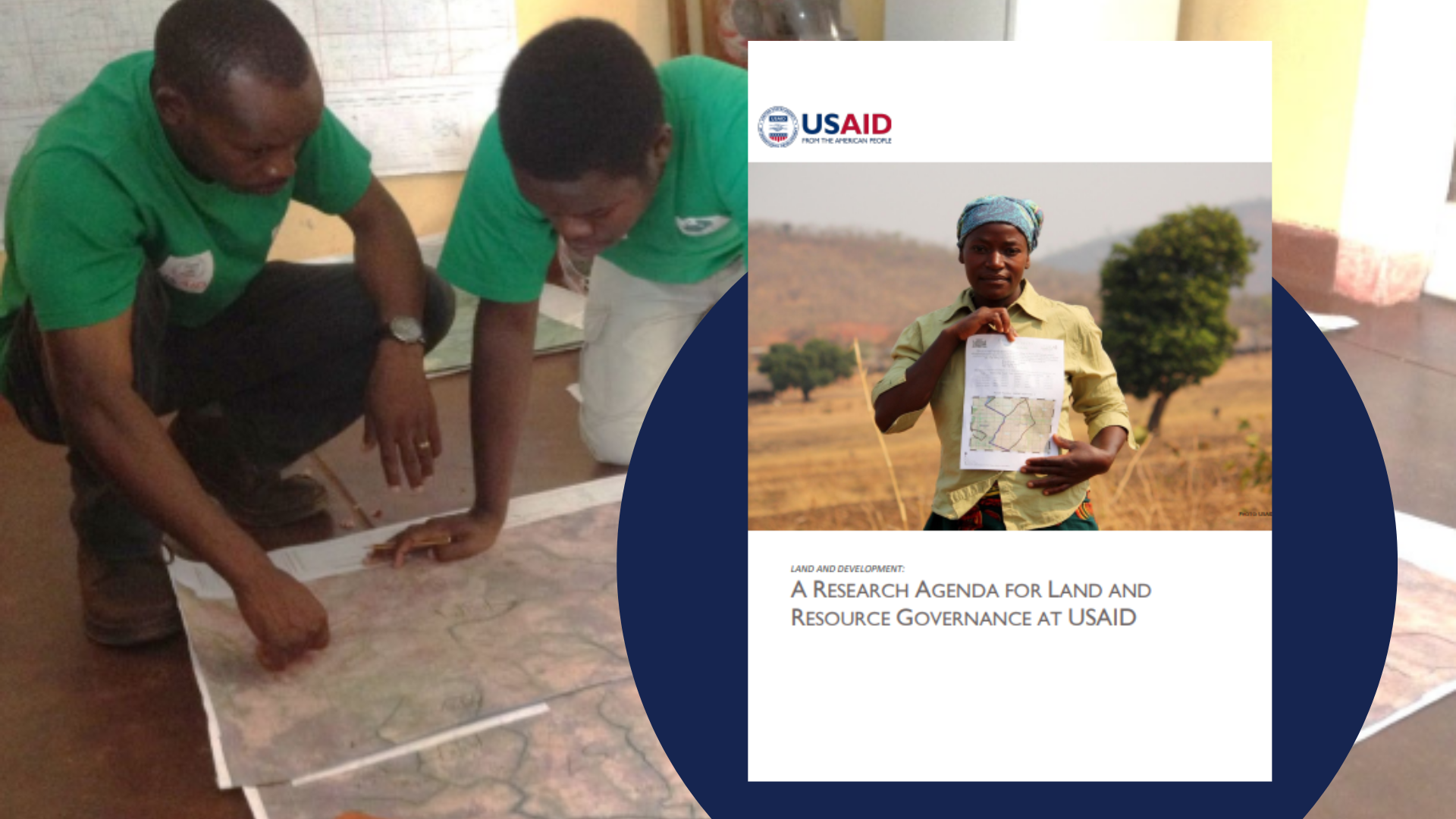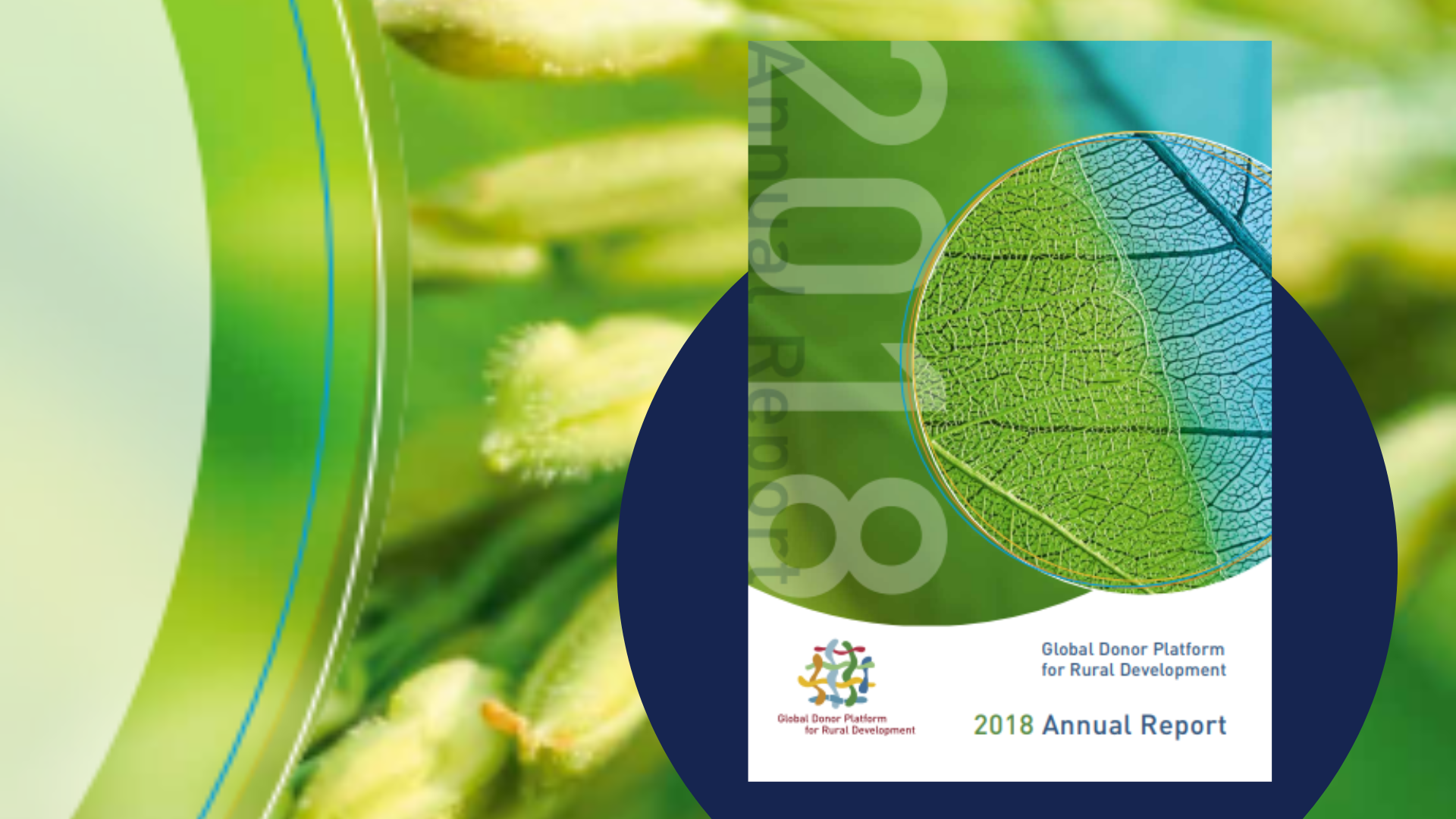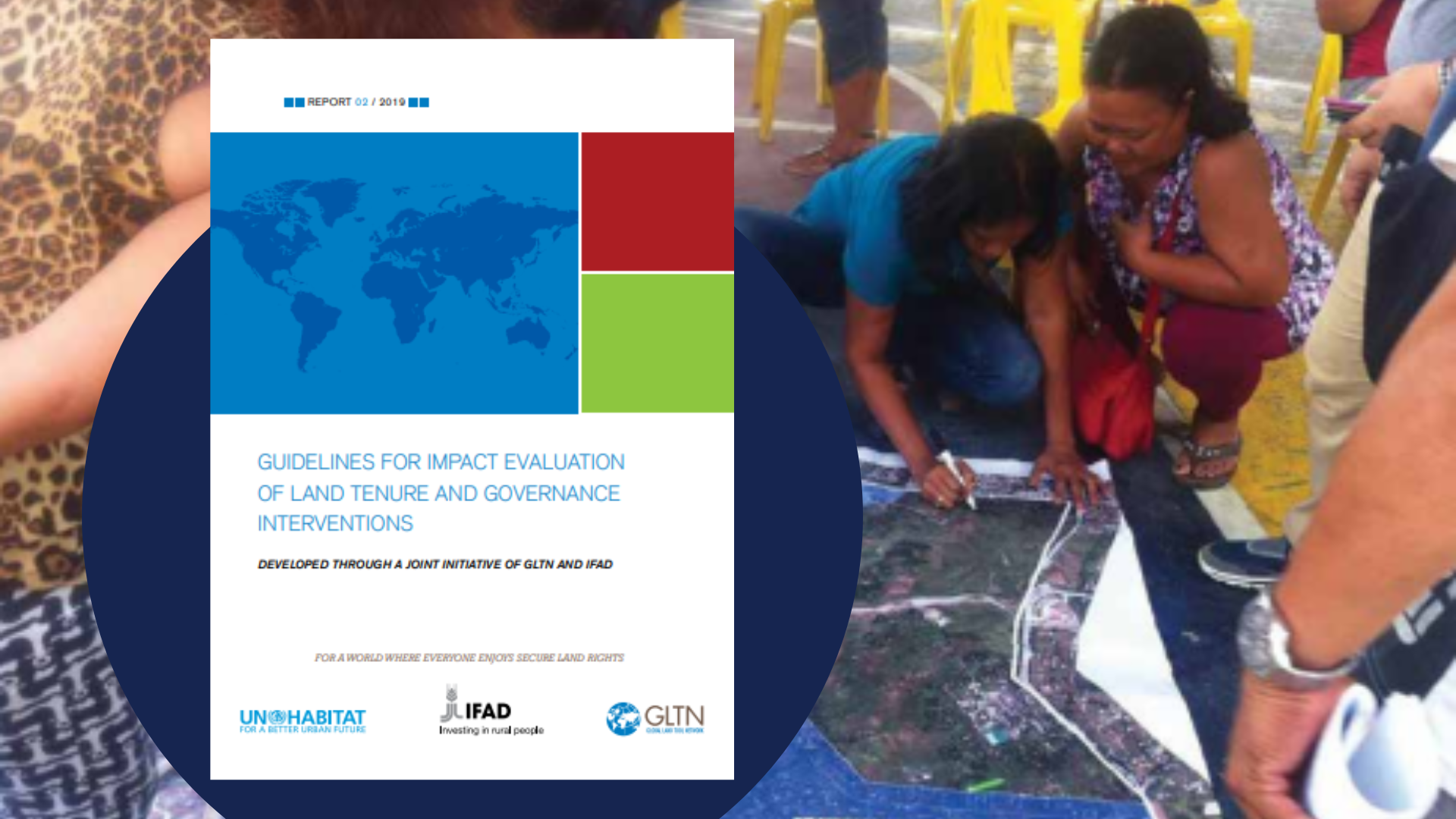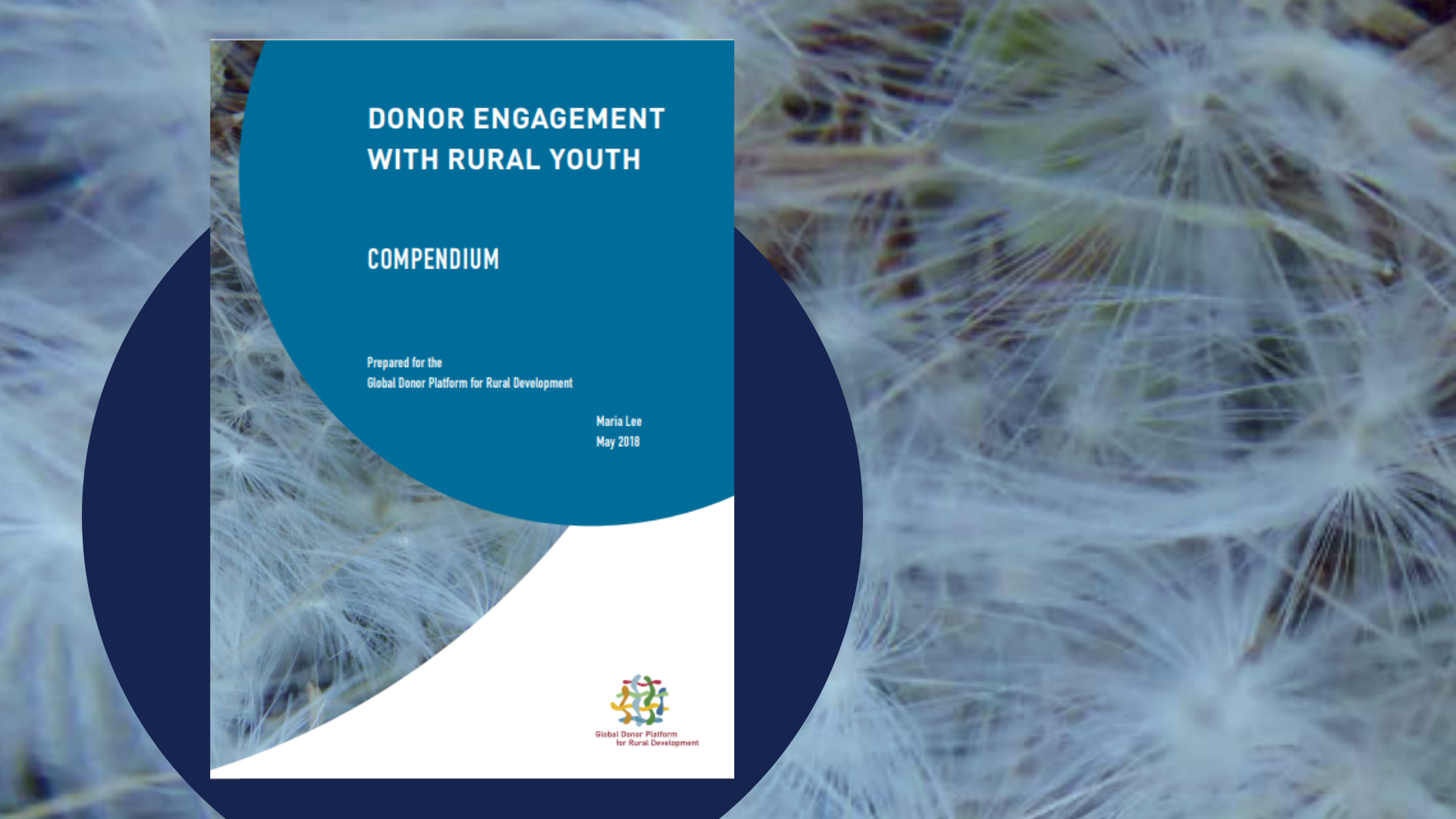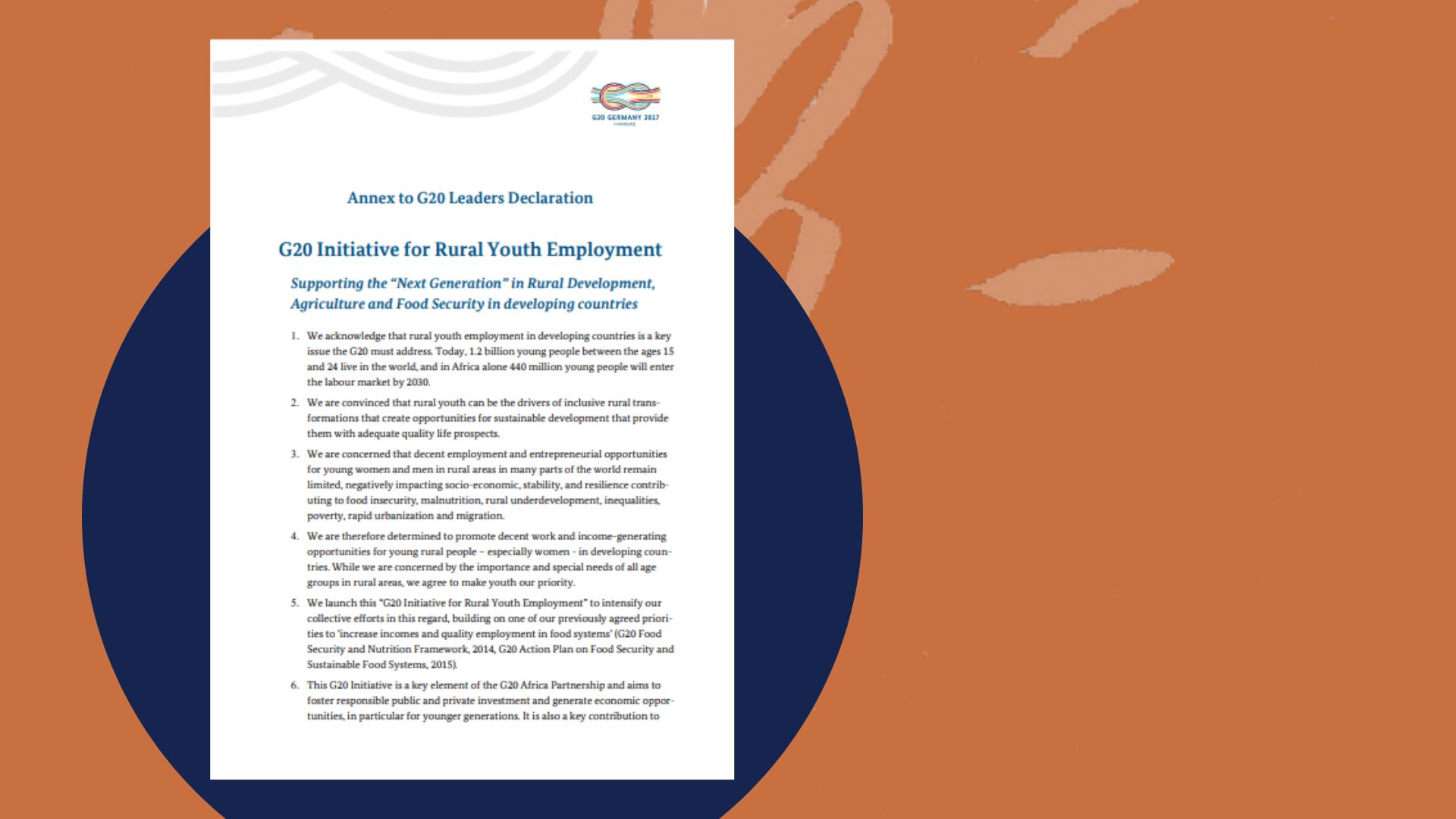The Global Report on Food Crises 2020 is the result of a joint, consensus-based assessment of acute food insecurities around the world by 16 partner organizations. It is a flagship publication of a series of analytical products facilitated by the Food and Security Information Network (FSIN) and produced under the initiative of the Global Network Against Food Crises.

By carrying out collective analysis and providing clear independent evidence the partners aim to guide coherent and coordinated strategic humanitarian and development investments. The report tracks the numbers and locations of people most in need of emergency food, nutrition and livelihood assistance and it captures how acute food insecurity and malnutrition conditions have changed over time. It identifies the main drivers of acute food insecurity and malnutrition – and explores whether and how conflict, weather extremes and economic shocks interact and exacerbate food crisis situations. It also examines how chronic, structural or seasonal issues combine with shocks to exacerbate situations.
The data and evidence presented here can inform cost-efficient and needs-based humanitarian and resilience-building actions and ultimately enable agencies to seek high-level political action and coordinate policies and actions for durable and innovative ways to tackle the root causes of food crises. In concrete terms, agencies, governments and other key stakeholders can use the information to bolster the case for changing food systems, building resilience to extreme weather events, resolving conflict, promoting durable peace and upholding international humanitarian law.
Chapter one of this report gives a description of key concepts including the drivers of food insecurity and malnutrition. Chapter two starts with a graphical and textual of the key findings of GRFC 2020 and provides the main list of 55 countries and territories in food crises, supplying the peak number of acutely food-insecure people in 2019. Chapter 3 covers 35 most serious food crises and chapter 4 provides a table with pre-Covid-19 pandemic estimates of the number of acutely food-insecure people in need of urgent action in 2020.
More Publications





















